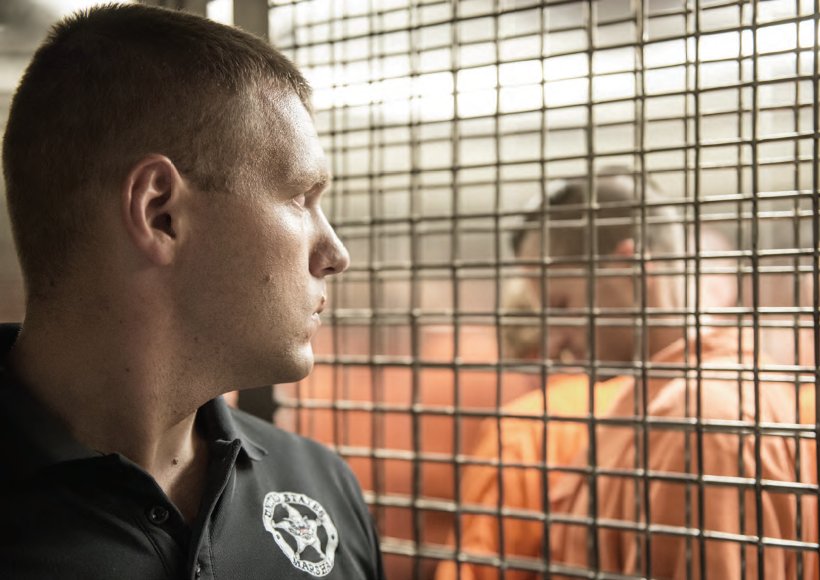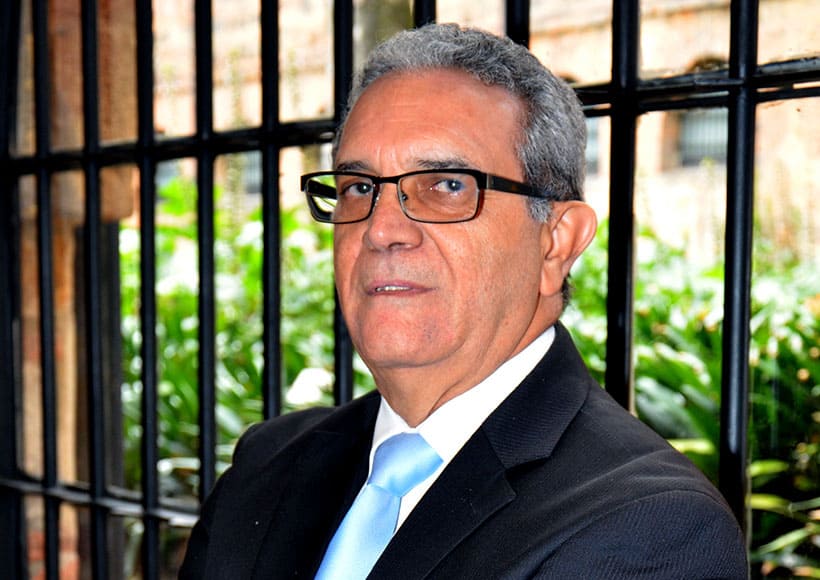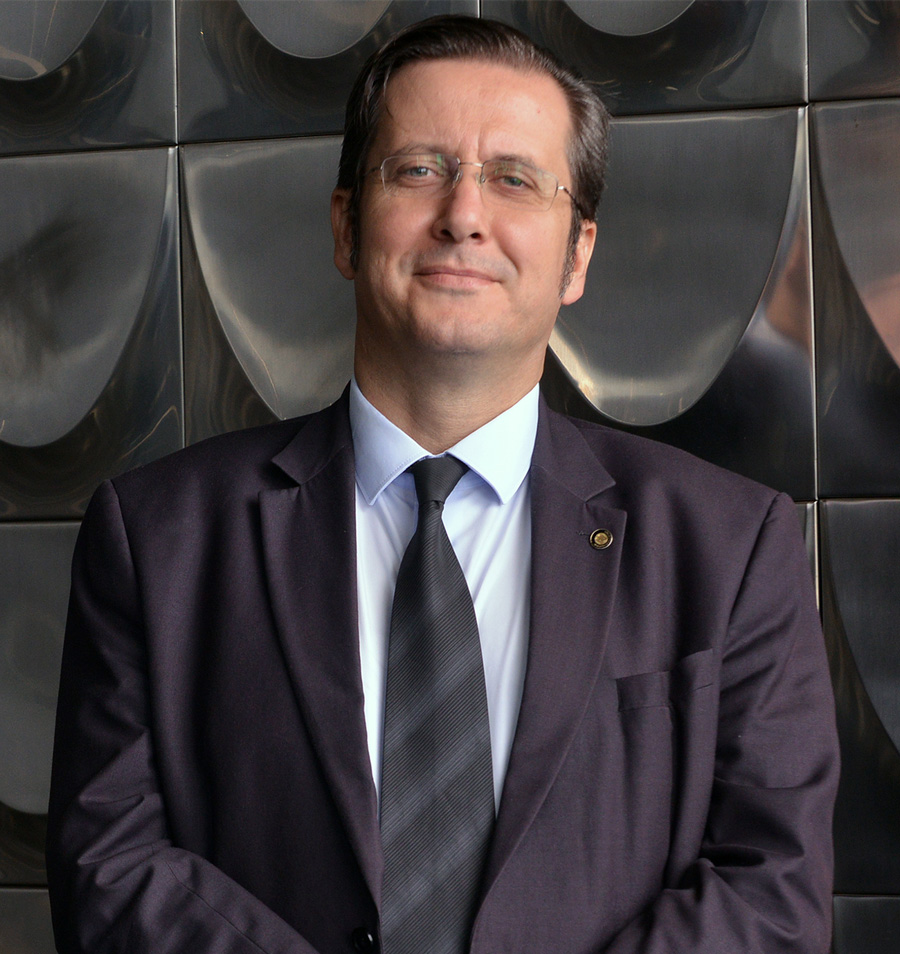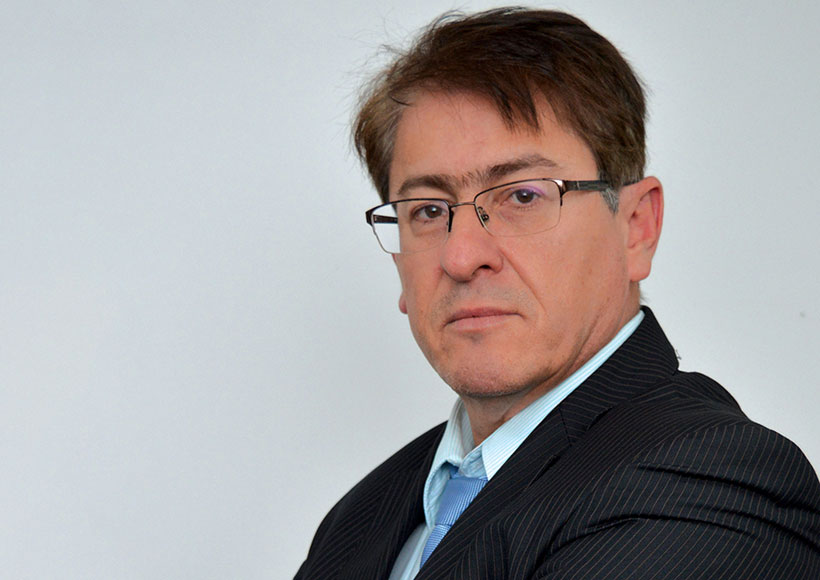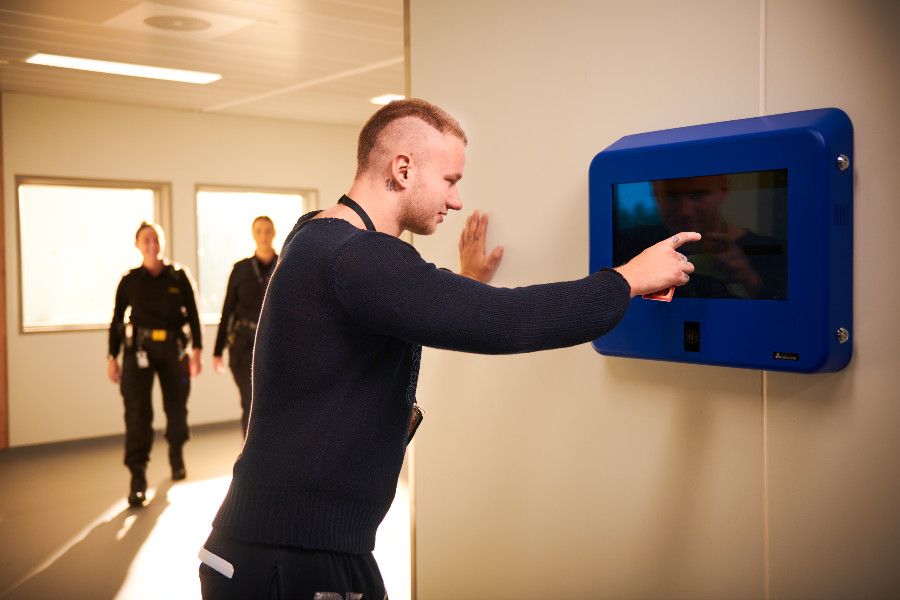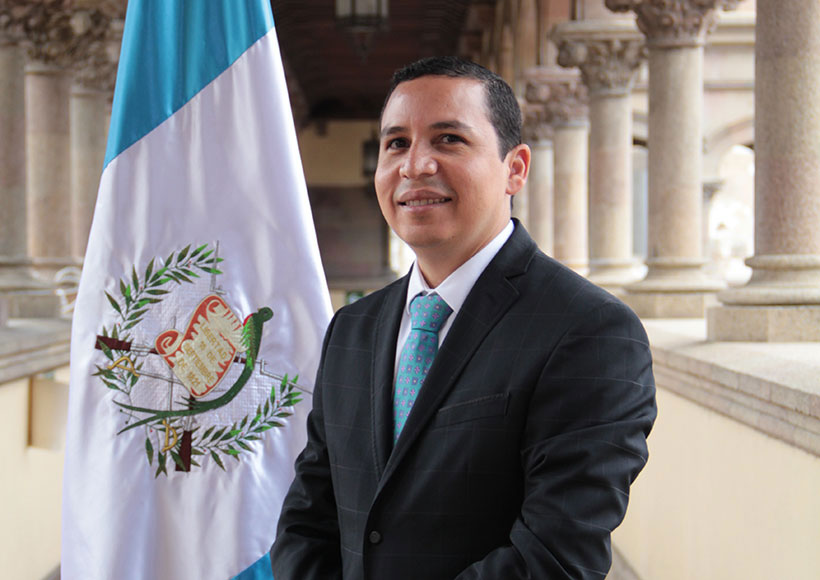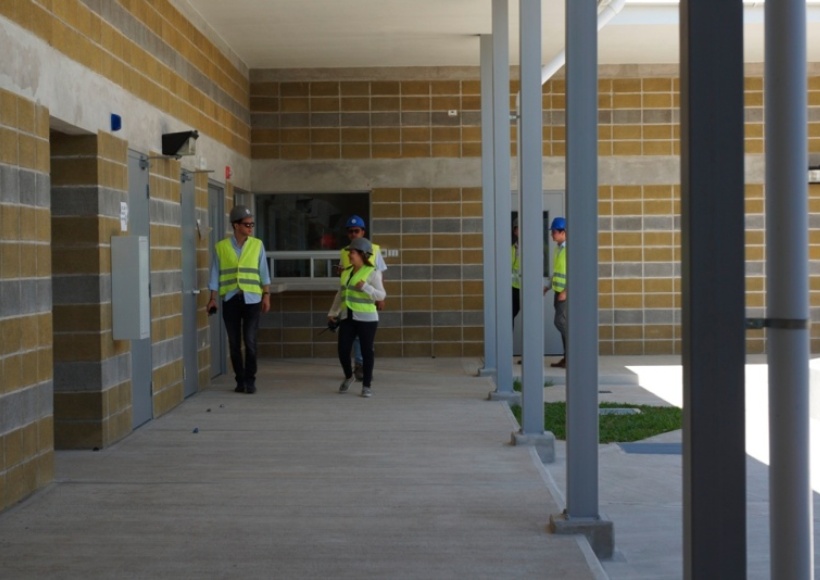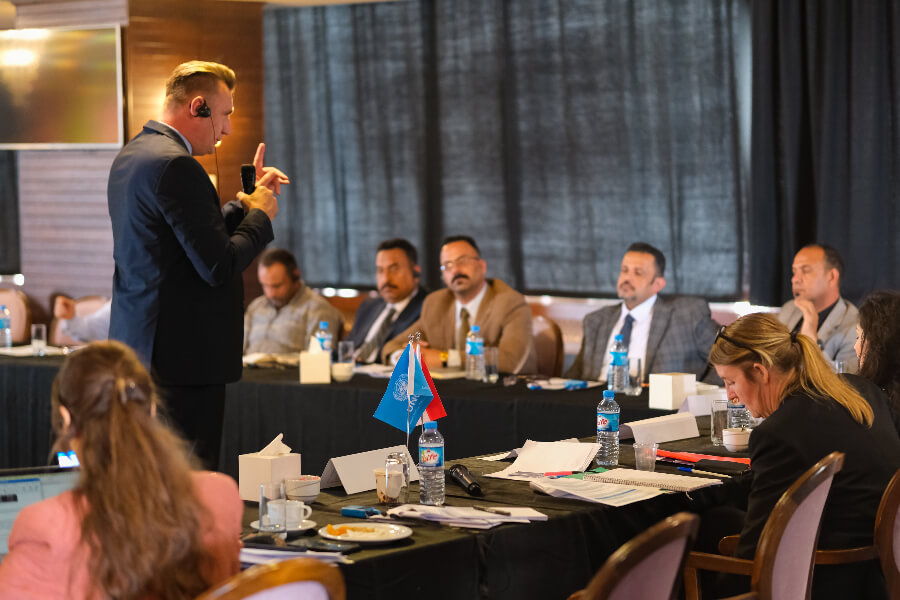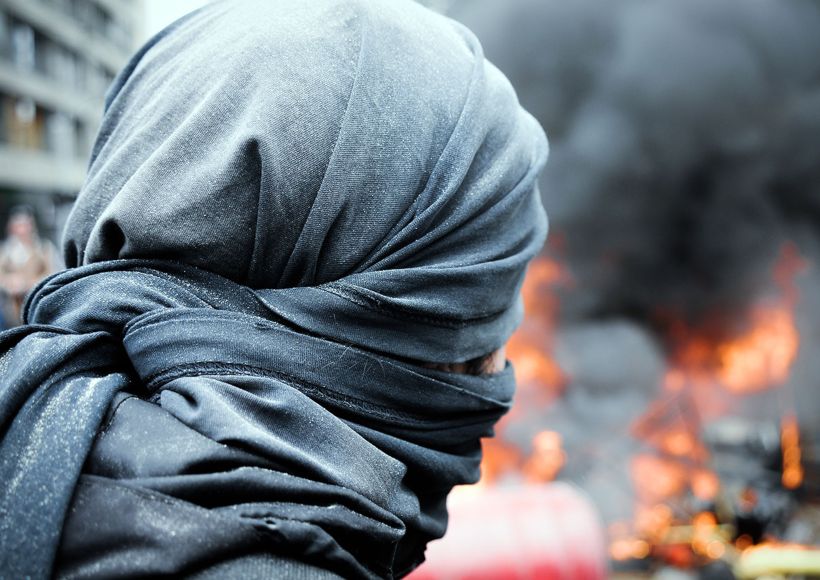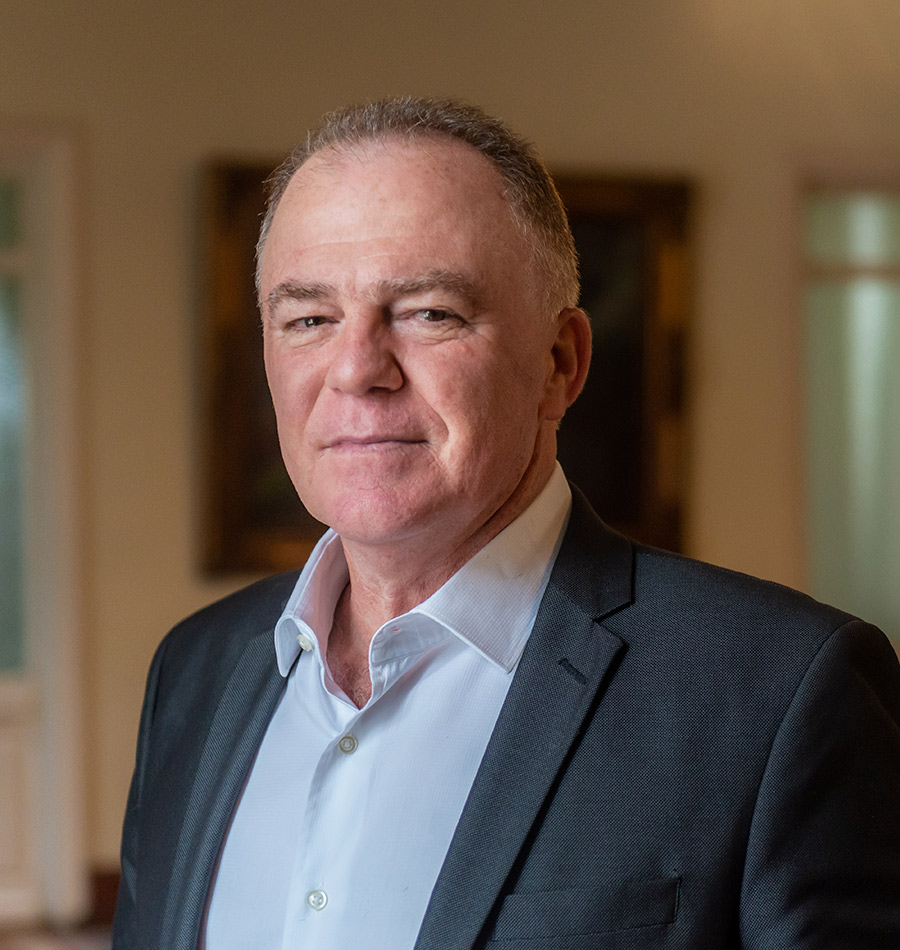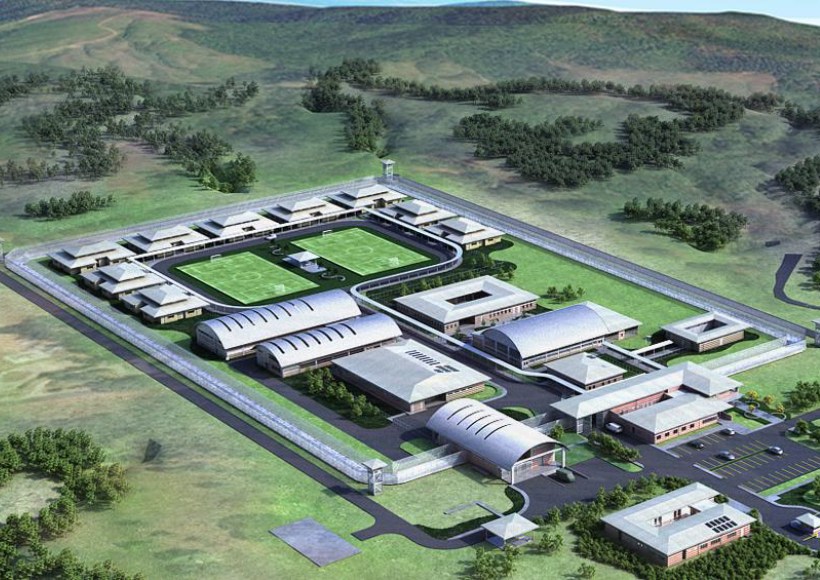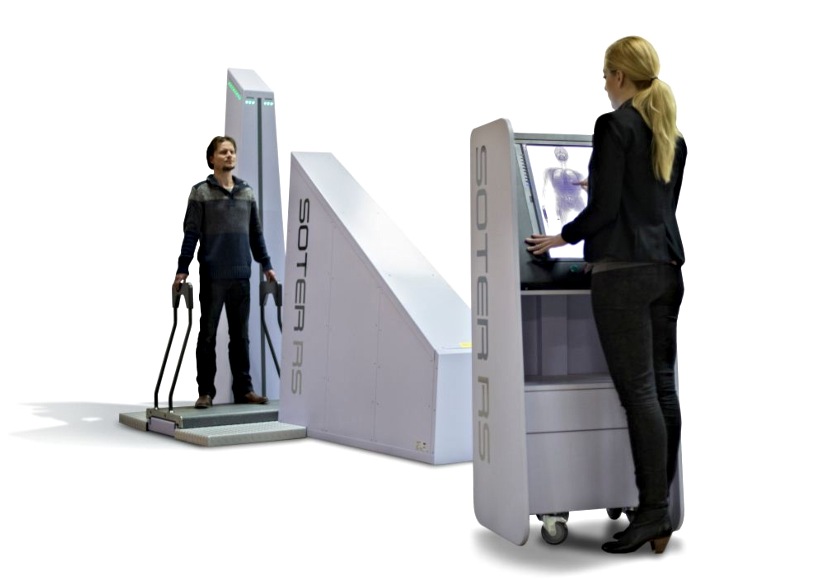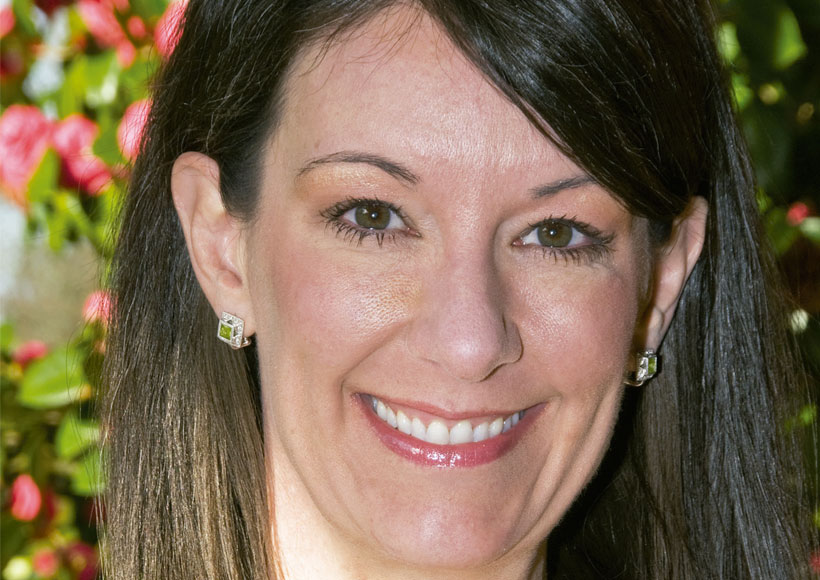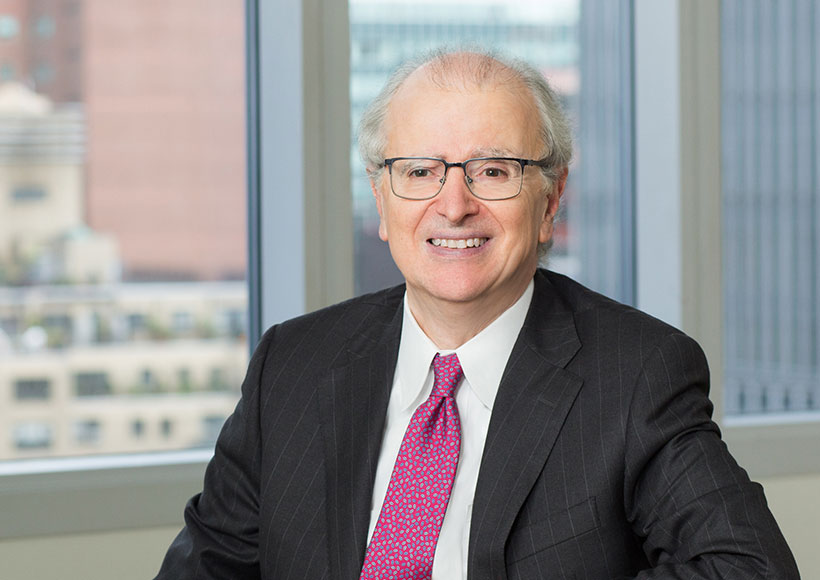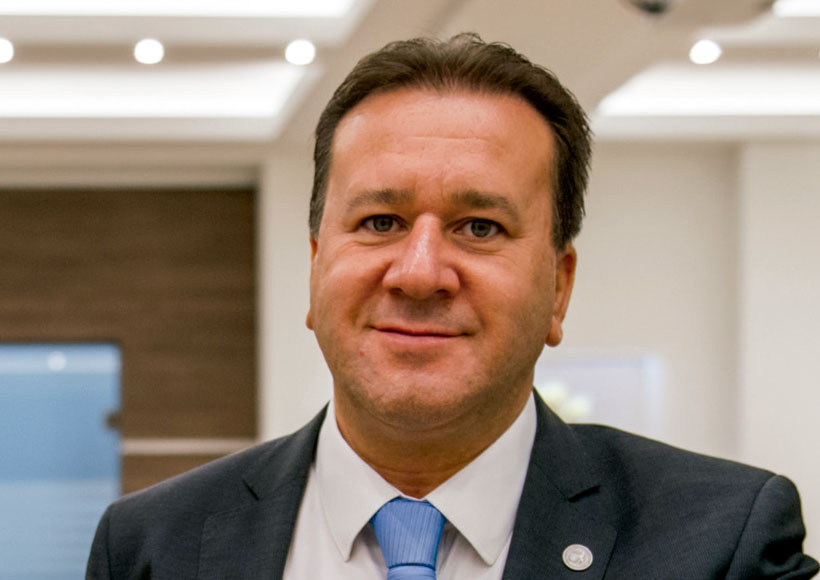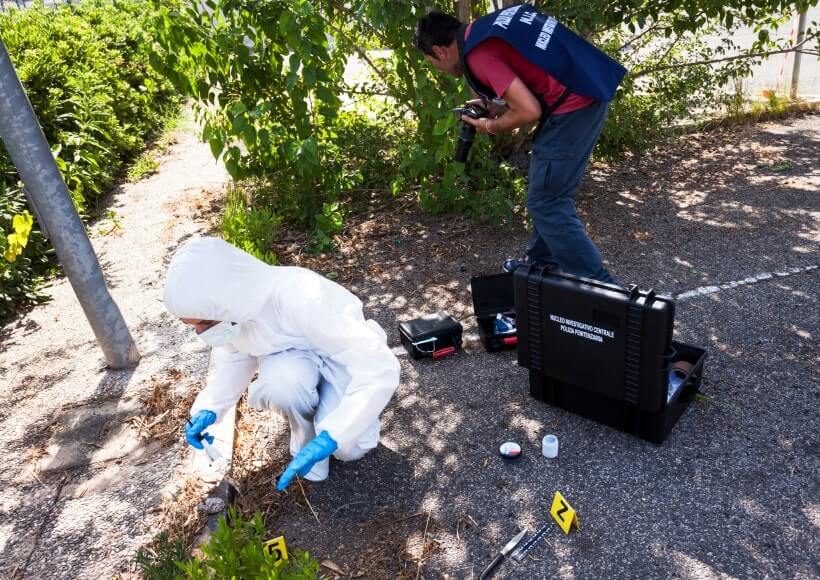Warren Coons Director General of the Preventive Security and Intelligence Branch, Correctional Service Canada The Correctional Service of Canada (CSC)... Read More
Ysmael Paniagua Guerrero, Coordinator of the New Penitentiary Management Model, Dominican Republic Read More
Shie Yong Lee, Commissioner, Singapore Prison Service Read More
Fabiano Bordignon, General Director of the National Penitentiary Department (DEPEN), Brazil Read More
Francisco Alberto Caricati, Director General of the Penitentiary Department of the State of Paraná, Brazil Read More
Explore how Unilink's AIM application is transforming prison environments by detecting mental health risks, particularly suicide and self-harm, through data analysis. Read More
In this article by ViaPath Technologies, discover how Intelligence-Led Corrections (ILC) strategies combat contraband cell phones in prisons through detection, extraction, and analysis. Read More
Ricardo Guzmán Loyo, First Vice Minister of Safety of the Ministry of Government, Guatemala Read More
Mauro Albuquerque, Secretary of Penitentiary Administration and Resocialization, State of Ceará, Brazil Read More
“When I moved to HMP Northumberland I was so happy to see a kiosk. In my previous prisons, friends spoke... Read More
Context In June 2009, the new government authorities of El Salvador and the General Directorate of Correctional Centres (DGCP, by... Read More
If, as Dostoyevsky said, the degree of civilization of a society can be judged by entering its prisons, we could... Read More
It is widely recognised that street gangs are connected with violence. Aggressive and violent youths are at greater risk of... Read More
Introduction – Moving the dial The mission of corrections is a constant. However, the environment is which it operates is... Read More
Context Artificial intelligence (AI) consists of the ability of machines or computers to emulate human thinking and decision making. A... Read More
The UNODC aids Iraq in prison reform, working with the government and partner nations to bolster corrections, counter-radicalisation, intelligence, and global anti-terrorism efforts. Read More
Torben Adams, Radicalisation Awareness Network (RAN), Co-chair of the Prison and Probation Working Group (P&P), RAN, European Commission Read More
It wasn’t too long ago that if a Prison Officer suspected a person of carrying contraband into a prison then... Read More
By Robert Boraks, Parkin Architects Nelson Mandela once said: “No one truly knows a nation until one has been inside... Read More
Prison, terrorism and emergency are causing a vicious circle and a dangerous situation in Europe, which is no longer justified... Read More
Sir Tim Purcell (Core Systems) advocates a holistic prison reform strategy: intelligence, security, psychology, education, counseling, and technology to rehabilitate inmates and thwart extremism and crime. Read More
Renato Casagrande, Governor, Espírito Santo, Brazil Read More
Paolo Di Sciuva, International Director of the EURESP project in Ecuador Read More
Context The Adoption of Electronic Monitoring Technologies The Portuguese Ministry of Justice is no stranger to the multiple benefits that... Read More
To say that we are at the beginning of a new era for the usage of IT and technology in... Read More
In the developed and modern 21st century, the punishment, retribution, security, rehabilitation and restorative dimensions of the prison sentence, cannot... Read More
Ananda Chalegre, Director-General, Paraná State Penal Police Department, Brazil Read More
Trends influence virtually every aspect of daily living impacting what we eat, wear, listen to, purchase, believe, and trust. Establishing... Read More
Violent extremism and the infiltration of organised crime within prisons threaten the very essence of correctional facilities. Prisons, rather than rehabilitating offenders, often become training grounds for further criminal activity. Ignoring this threat is not an option. Proactive, comprehensive strategies are vital to prevent our prisons from becoming hostages of crime. In this edition, we share expert perspectives and insights from decision-makers facing these challenges, and what results were achieved through the strategies adopted in different jurisdictions. Read More
By Russel Webster Children are often devastated when their mum is sent to prison but their interests are rarely considered... Read More
Sérgio Moro, Minister of Justice and Public Security (MJSP), Brazil Read More
With drugs entering our prison systems on a regular basis, we need to address the “elephant in the room” that... Read More
Colette Peters, Director of the Department of Corrections, Oregon State, United States of America
Read More
Honourable Chief Judge Jonathan Lippman, Head of the Independent Commission on New York City Criminal Justice and Incarceration Reform, United States of America Read More
Vincent Van Quickenborne, Minister of Justice, Belgium Read More
Kathleen Van De Vijver and Tine Verhenne, Belgian Prison Service, Belgium Read More
The PRE-RIGHTS project promotes a balanced approach to judicial and police cooperation, in line with the provisions of the EU’s... Read More
Major General Dr Tamás Tóth, Director General of the Hungarian Prison Service Read More
Context & Problem Research shows that while the number of crimes has declined, the number of prisoners has not, and... Read More

